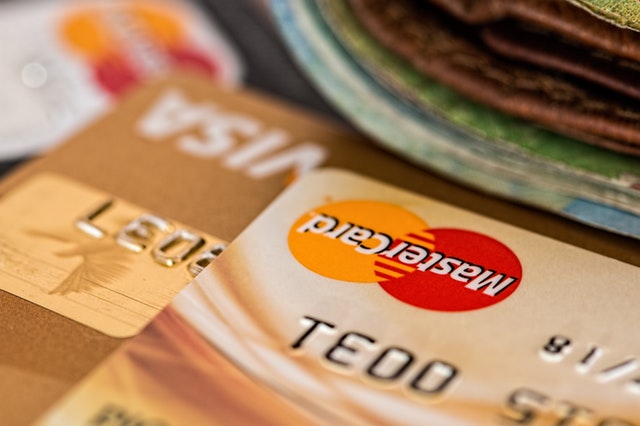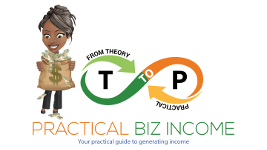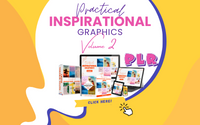When the internet first appeared, blogging has only been a past time for most people. They wrote and published their ideas on the web, not really minding if people have read them or not.
But with the boom of internet users, bloggers have found themselves ways to earn money. And with that income-generating past time, people are starting to create their own blogs seriously.
The following is a quick guide of what to think over before creating your blog:
- Theme. Determine what you would be writing about or the nature of the content that you would be sharing with your readers. This depends mainly on your interest. Topics like politics, poetry, arts, current affairs, or almost anything under the sun can be chosen. You can stick to one theme or you can choose to write about whatever concerns you on a day to day basis. Since it is your very own web journal, you can make it as flexible as possible in all aspects.
- Blogging Provider. Next, you need to decide which blogging service provider to use. This depends on the kind of reviews that you get about them from friends and acquaintances or something about them that you may have read online. Otherwise, you can always try out something and find out if you like it. You can try out one of these popular sites: Blogger, WordPress, Typepad, Blogagotchi, Livejournal, JournalHome, TheDiary, Diaryland, Blogdrive, or Xanga.
- Templates. A wide range of templates will be made available on any blogging service you decide to start your blog. Select the one that best suits your personality and/or the type of blog you would want to write about. Use headings, bullets or numbers for lists, bold text for important notes, and use relevant graphics. Also, remember to use short sentences or paragraphs. Click here for samples of the most popular free blog templates.
- Freebies. The advantage with these blogging service providers is that they make your blogging experience as dynamic and interactive as possible. They enable you to install add-on features that include a button, pictures, blog chalks, imoods, tagboards such as myshoutbox.com, guest maps, guestbooks, comment boxes for readers’ thoughts and views, etc.
- Additional Features. The most interesting and useful add-on features may not be free. By paying a price you can avail of them. Remember to do your research and read reviews first before keying in your credit card details.
- Nature of Blog. You must determine who should read your blog- whether you want it to be read only by a select circle, or must it be open to all. This will depend upon the content mainly.
- Layout. Again, there will be a wide range to choose from in terms of layout and color schemes. If you don’t want the ordinary ones, you may opt to shell something out.
- Content. You could pick up a specific theme and write about it consistently, or merely decide on any random topic as and when it interests you. You could try putting up content for a while and see the kind of response you get and alter or modify it accordingly.

- Blogging Circle. Blogging is a great way to be in touch with people from across the globe. You can surf and visit other people’s blogs. Do not spam in their comment section, but write a genuine comment if you have something to say about a particular post. And from there, you may develop an online circle for you to learn and interact with.
- Skins. You can customize and personalize your blog as much as you want. Using software like Photoshop you can create your own skins and make your blog attractive as well as personal.
- Publish. Finally, when you are done selecting the setting and preferences, selecting a content to put up, you need to publish the content. Do not, however, forget to send the link of your blog to your friends and acquaintances so that they may come to visit your page.
Following all those steps above, you’ll not even notice that you have started your own blog and just within 15 minutes.
So go on, start creating your presence online thru blogging!













